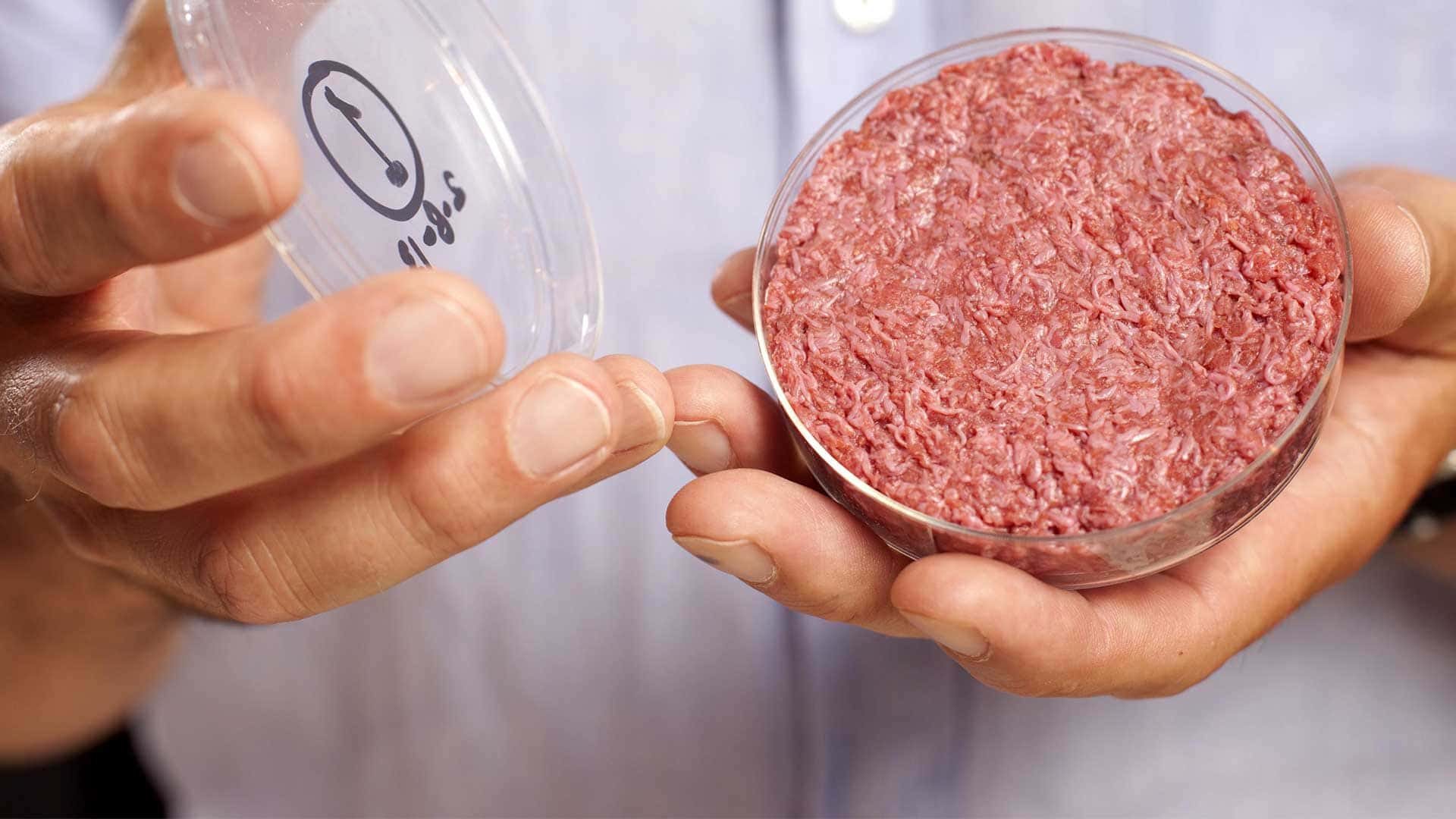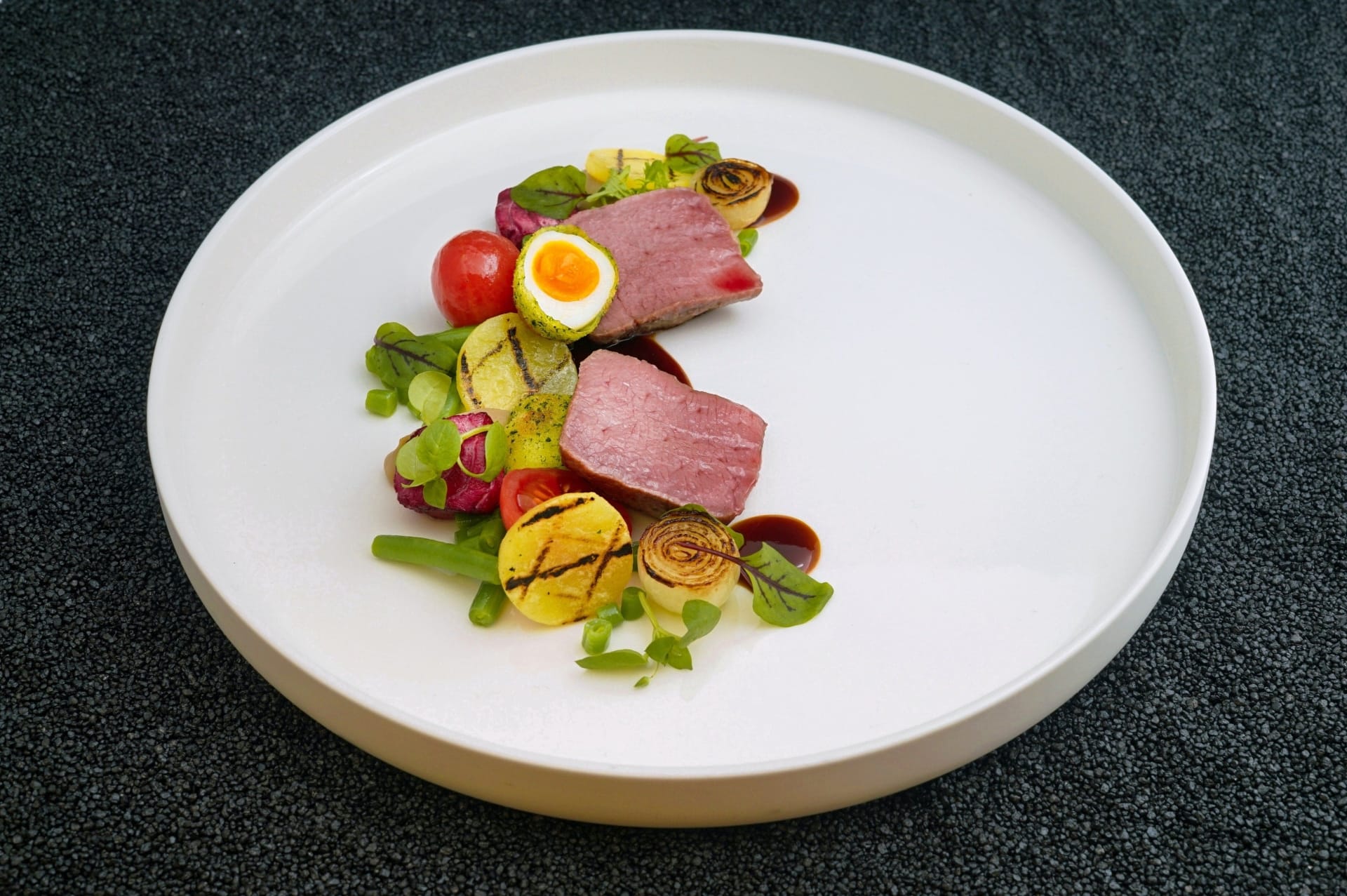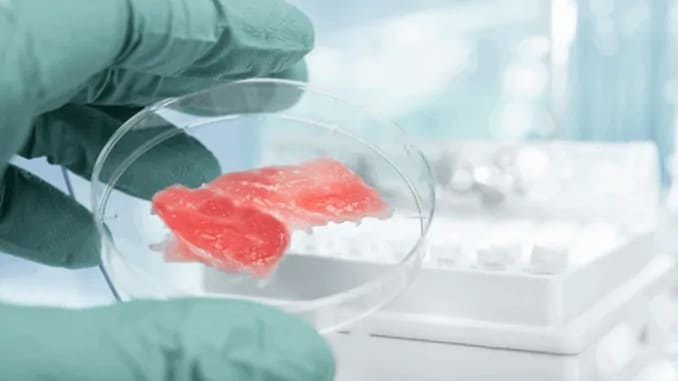Clean Meat
Artificial meat from the laboratory will fundamentally revolutionize meat consumption. Technological development makes it possible for people to eat animal meat without having to kill an animal. As research progresses and more and more companies (from the U.S. to Israel) put it into practice, it is increasingly possible to reach price segments that are suitable for the masses. While the first burger made from meat grown in a Petri dish cost around $250,000 in 2013, estimates are currently around $10-12 per patty. Since 2021, people can even eat in vitro meat in restaurants – Singapore was the first country in the world to approve its sale.

With much media coverage, Upside Foods recently opened its Innovation and Production Center (EPIC, short for Engineering, Production, and Innovation Center) in the U.S., which it plans to use to produce 50,000 pounds of cultured meat immediately, and up to 400,000 pounds in the future. It says it is the world’s most advanced production facility capable of producing whole or chopped cuts of meat, poultry or seafood.

Because after meat, fish from the lab is the next big thing. One of the reasons behind this development is the ecological consequences of the currently common breeding or production. Shrimp, for example, often come from huge aquacultures near the coast, for which ecologically important mangrove forests are cut down. Also, environmentally harmful chemicals are often necessary to keep the monocultures alive at all. This is why we are now moving into the laboratory: First, cells are taken from real shrimp, from which fish meat grows in a nutrient solution. The start-up Shiok Meats from Singapore is a leader in this field and now also wants to breed shrimp meat in the laboratory without animal suffering. Currently, a kilo of the lab shrimp still costs $5,000, but the price is expected to drop to around $30 within a year, according to the team. By comparison, a kilogram of traditional shrimp comes to about $14 at wholesale.
Clean Meat is forecast to account for about 30 percent of the global meat market by 2040. Due to institutional or regulatory structures and corresponding approval procedures, in-vitro meat is expected to gain an increasing foothold in the near future, especially in the Asian region, with China and Israel leading the way.

Best Practices: MEMPHIS MEATS / UPSIDE FOODS, ALEPH FARMS, MOSA MEAT SHIOK MEATS, BLUE NALU, AVANT MEATS, FINLESS FOODS, CELLMEAT
Photo: Quarks, Unsplash Vegconomist